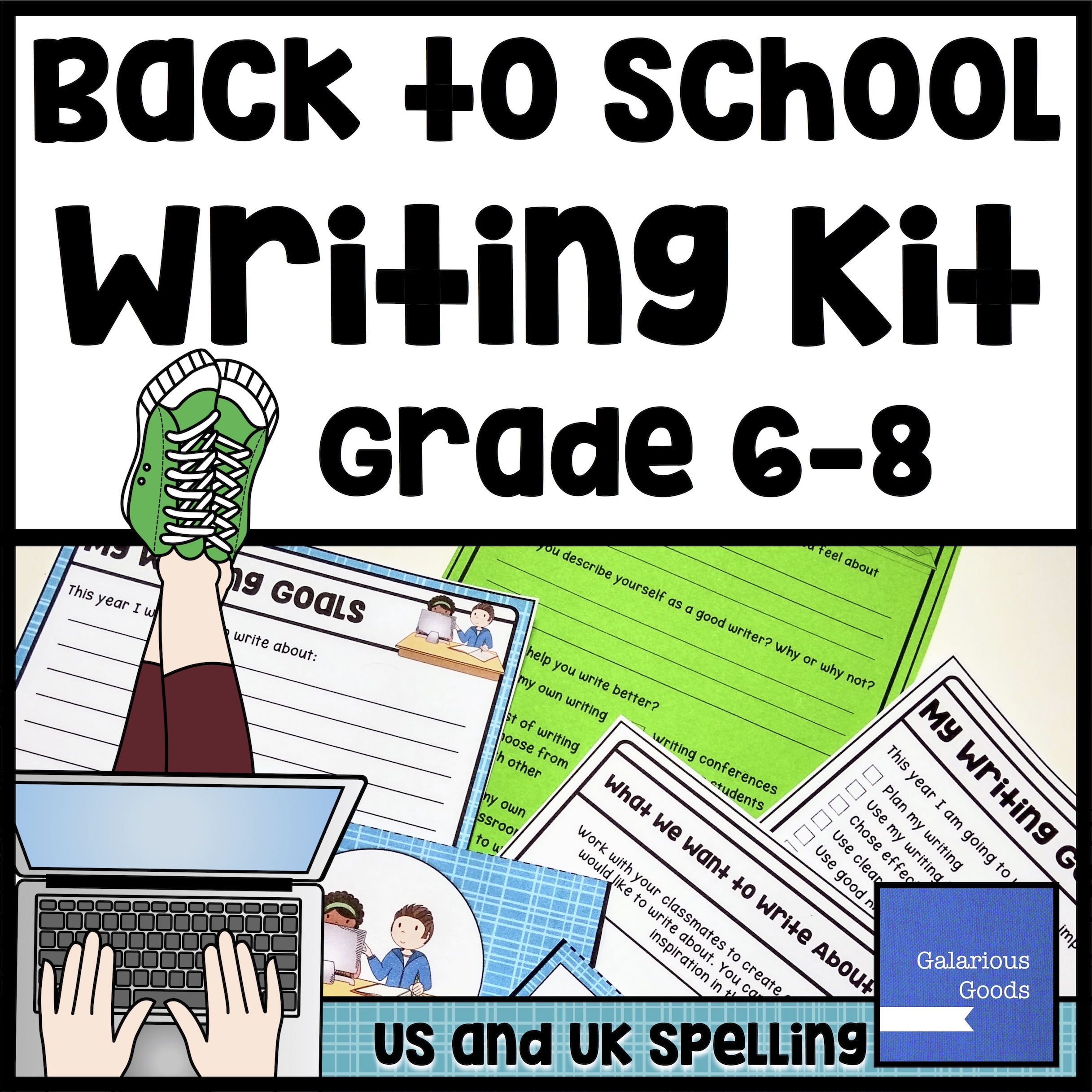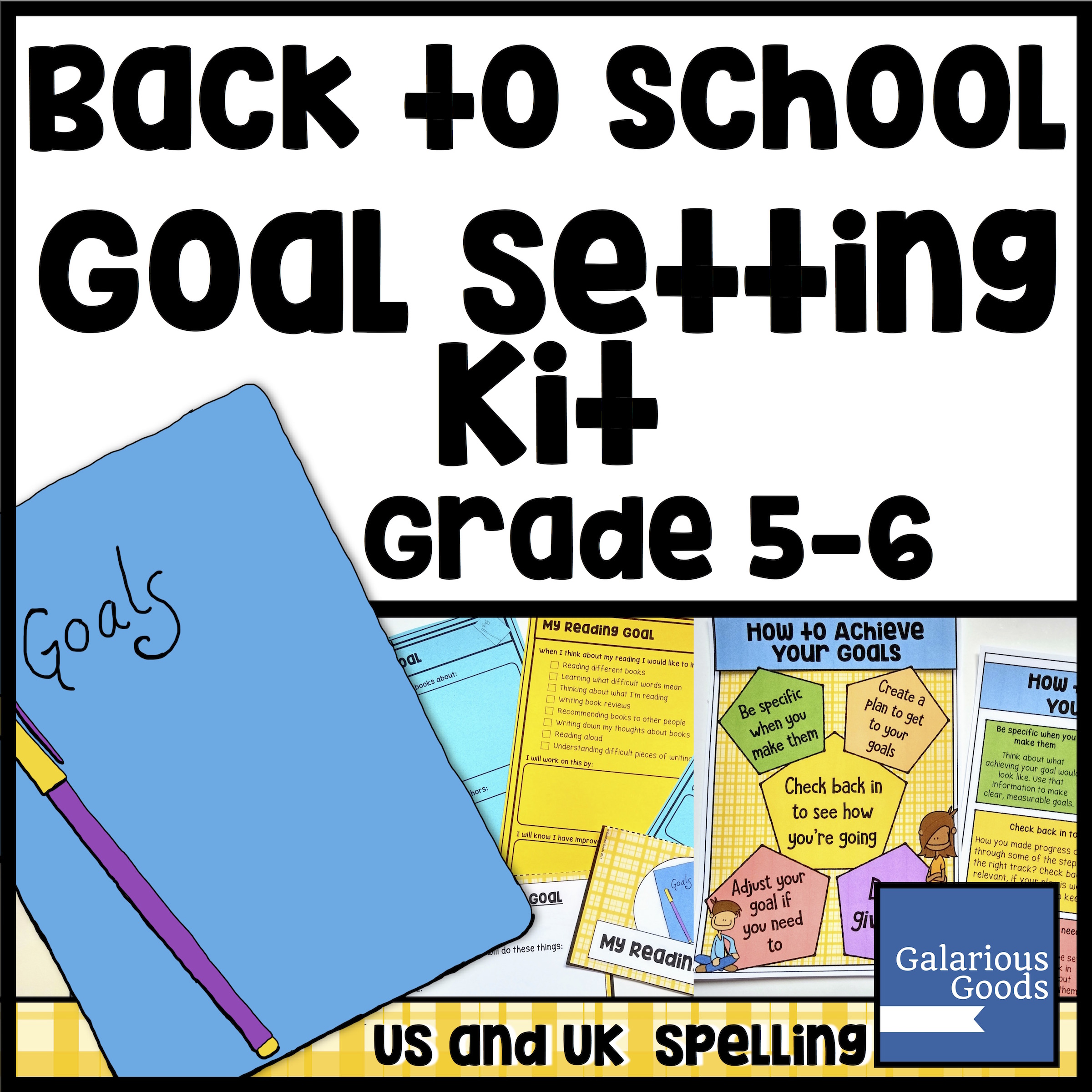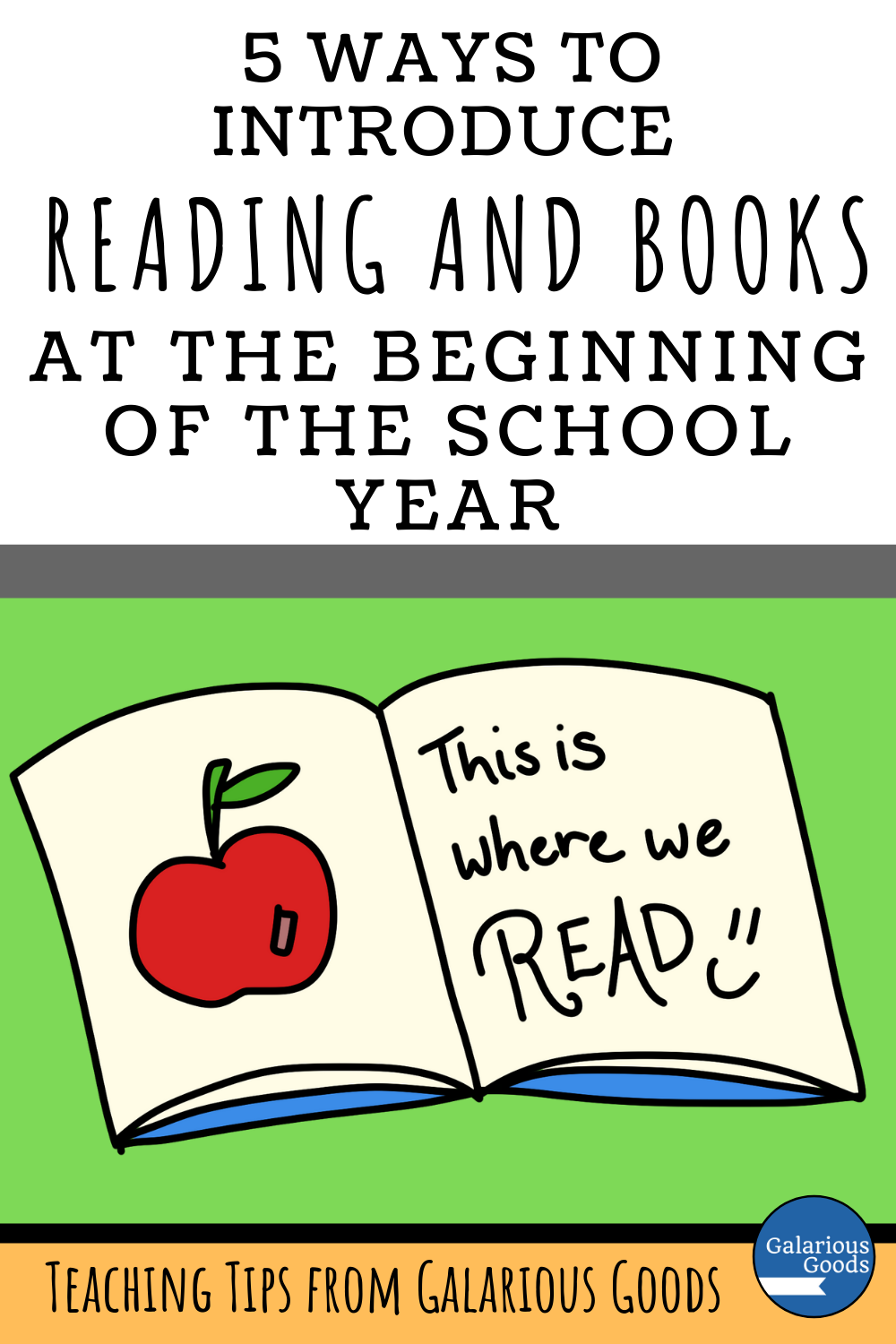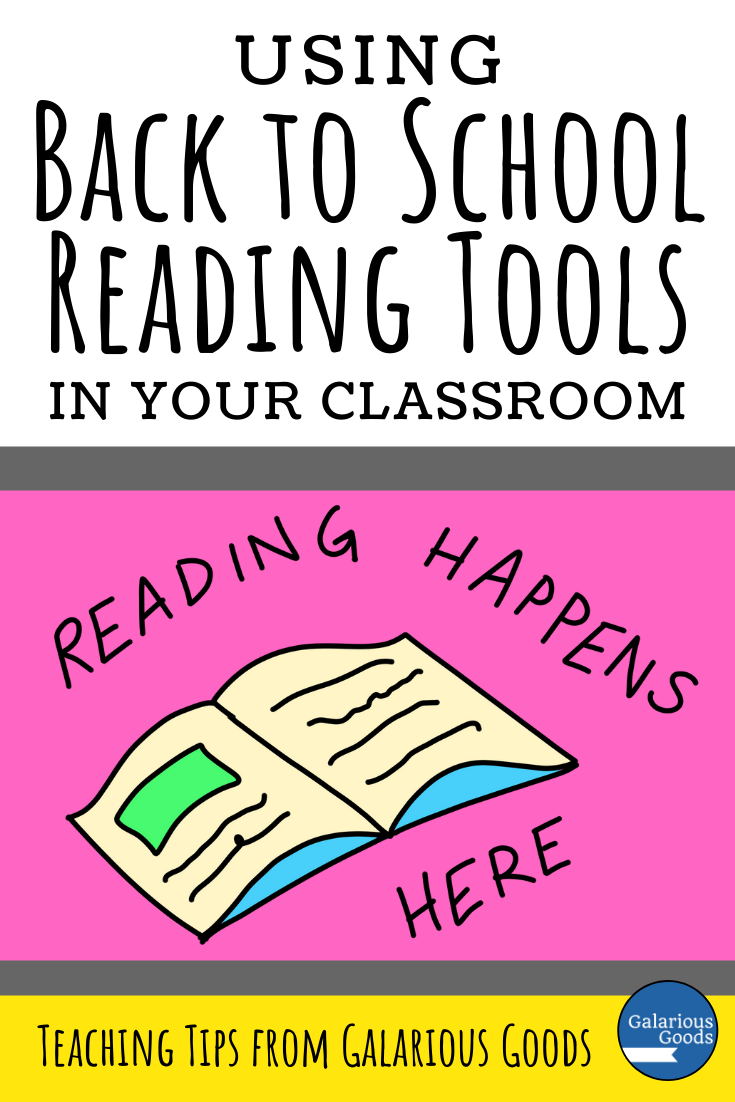Helping Our Students With Goal Setting
/Setting goals can help students take charge of their own learning and move them towards being more independent learners. It's also something which fits in nicely with back to school or new year activities - giving students a chance to make a fresh start. So, how can we help them set effective goals?
Talk With Our Students About What Goals Are
When we talk about goals and goal setting, it can become easy for our students to fall onto vague wishes or desires - to be a sports star or to 'do better'. Learning about what a goal is - and what it isn't - can help students to become more thoughtful and focused when they're setting their goals.
Goals are specific things to work towards, often with deadlines and objectives to reach. They can be big things - working towards getting top marks in all subjects - or smaller things - working towards learning certain mathematical facts. They can be aspirational, but should be realistic - for example, most Australian kids can't aim to be the President of the United States since they were not born there!
Encourage Reflection
It's easier to set effective goals when we know where we have strengths and where we can show improvement. Asking students to reflect on their own learning and their past experiences can help them have better success with goal setting. They can look at which subjects they'd like to improve in, but they could also look at their learning habits or how they go with challenging situations. Knowing more about themselves will also allow them to see improvement in the future - to be able to measure how successful their goal setting has been.
Model Goal Setting
There will always be students who learn better when they see what they should be doing. Set goals in front of your students. Go through the processes you might go through to set goals. Make the goals real and achievable - you might want to read certain books through the year or learn more about a specific topic. Allow students to check back in with your goals, let them know if you've been actively working on them or if you think you'll need to alter your goals. The more they see goals being set by other people, the easier it will be for them to set their own goals.
Brainstorm Ideas for Achieving Goals
Don't stop at just setting the goals - help students develop the skills they need to achieve them! I know I've set lots of goals that just end up as pretty little statements hidden in notebooks or tucked away on nice pieces of paper, but that doesn't help me achieve them! Goals are living things which often need feeding and watering to survive!
Students can work together to brainstorm how they are going to achieve their goals and what steps they'll need to take to get there. Often working on goals can become a little boring or monotonous, so they might like to brainstorm strategies to deal with that as well. The more prepared they are, the easier it will be to achieve those goals.
Revisit Goals
Allow students time to come back on their goals. Show them that goals can be altered if they need to be or that students can come up with new ideas to approach them. Give them time to reflect on what has and hasn't worked as they try to achieve their goal and to think about whether they were too ambitious or not ambitious enough.
By revisiting goals, we also show students that goals don't have to be perfect to work for us. We show students how we can work on them, make them better, learn from our past experiences and grow into better goal setters.
By giving our students tools, time and examples, we can help them become better goal setters - a skill which will serve them well beyond their time at school.
Related posts to read:






















